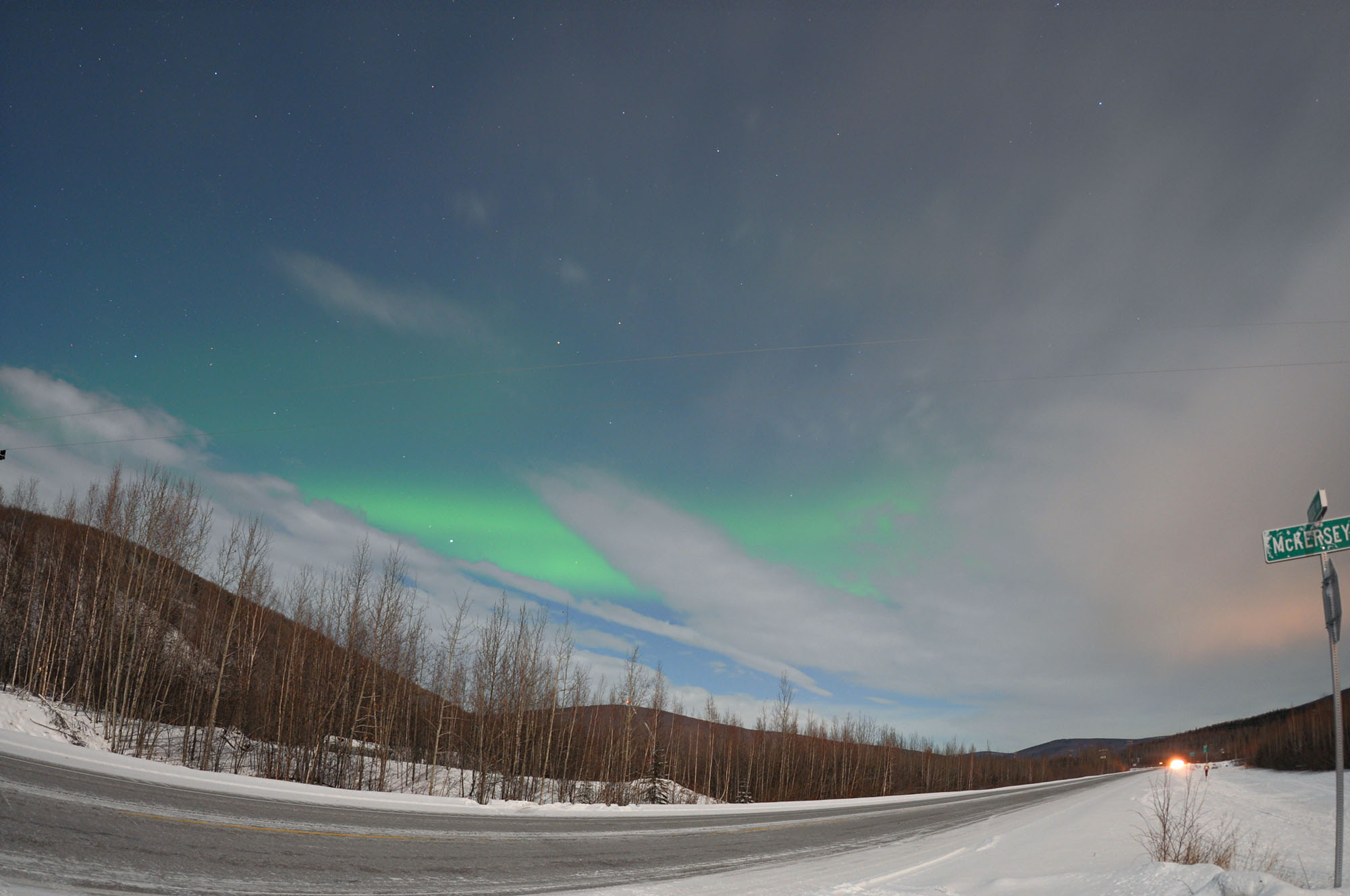How come when i do a long exposure with Nikon D3100, my picture comes out white?
I'm trying to do a star trail.
Added (1). It's my first time doing this.
You are over exposing
if you are going to do a long exposure, you need to lower the ISO, or make the aperture smaller
Seriously? Why do you have a DSLR if you have absolutely no knowledge of basic photographic technique?
Your question is like asking "how come when I press on the gas pedal, my car goes faster?"
Purchase and read a book called " Understanding Exposure. "
Overexposure.
For "star trails," set your ISO at 200 - 400, and your aperture at f/8 to f/11. Then do the long exposure. Interesting factoid about images of stars: changing the aperture will not make the stars themselves dimmer (they're true point-light sources, so the aperture setting won't affect them), but closing down the aperture *will* reduce the diffuse "sky-glow" in most suburban skies, so smaller apertures are better for star trails.
Peace.
p.s.here's an article I wrote for Popular Photography on the subject a while back…
http://www.popphoto.com/how-to/2008/12/how-to-astrophotography-101
With a full moon f 3.5, 30 seconds, at ISO 400, daylight white balance should make your picture look about like daylight, except for stars slightly trailed in the light blue sky. Last night was a waxing gibbous moon, so maybe about a minute (two at the most) at f3.5 and ISO 400 would be about right. If you set the exposure time or ISO a lot higher, I would expect it to be overexposed. If there's city light, that can overexpose even more.
On a clear, moonless night away from city light pollution you could use longer exposure times for longer star trails. However, beyond about 5 minutes hot pixels will increasingly get past the long exposure noise reduction. A 30 minute exposure (if it is not overexposed) can look like confetti from hot pixels.
This picture of the aurora borealis was taken under a full moon with mostly cloudy sky at ISO 500, f3.2, 15 seconds

- How to make it so your long exposure photograph doesn't turn out white?
- I took one picture but two photos comes out?
- Why did my long exposure (star trails) photo come up with all of this noise?
- Why does it take so long to store long exposure shots?
- Why does it take longer to my DSLR to read out a long exposure image from the CCD?
